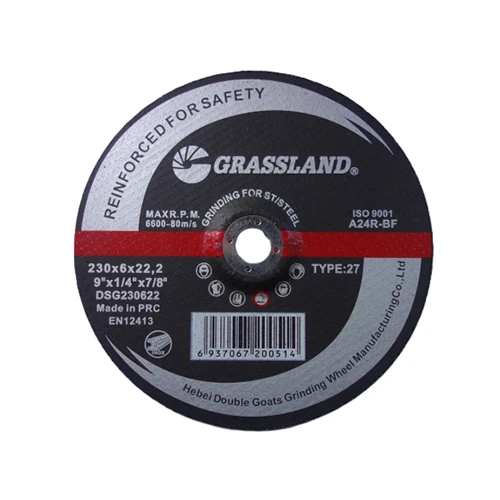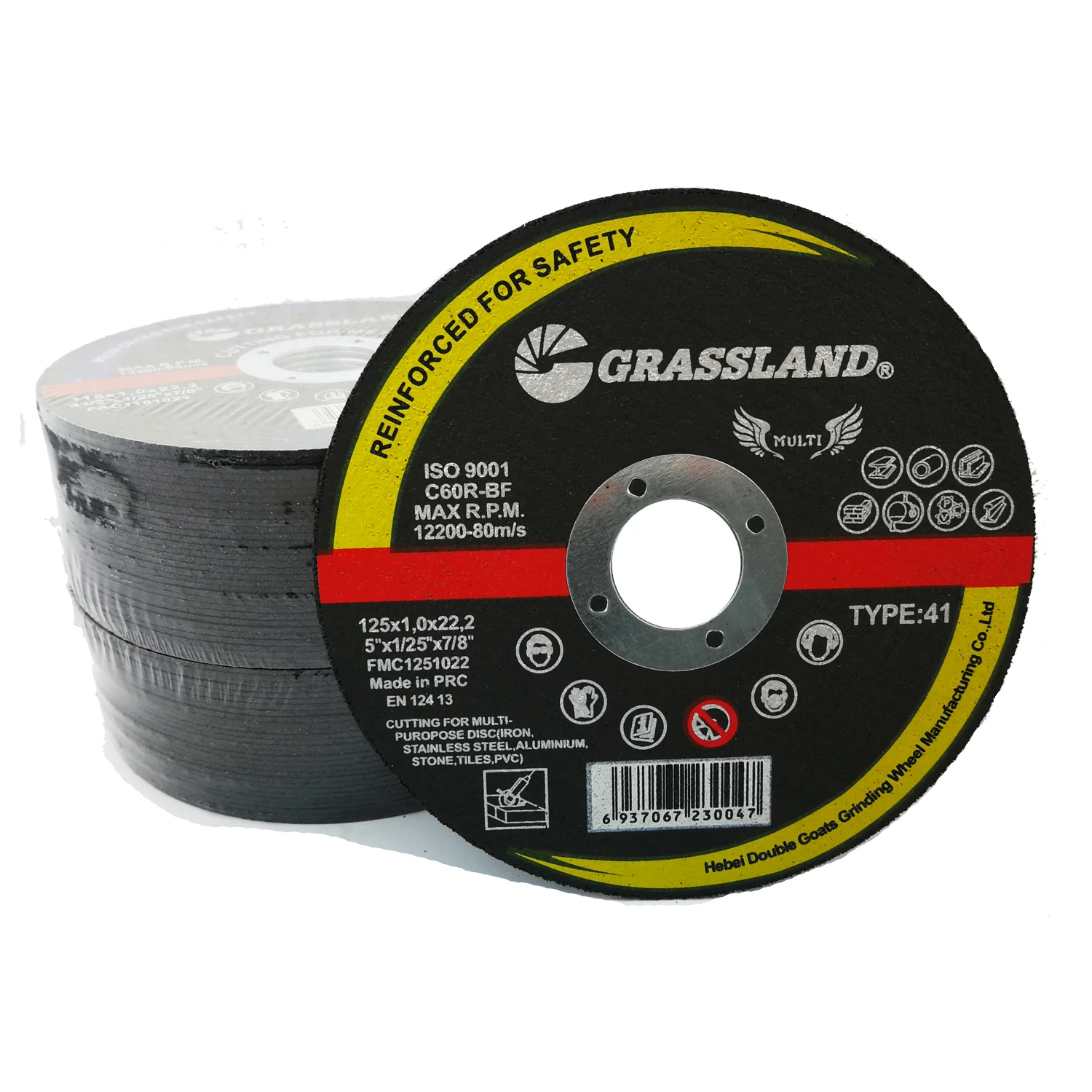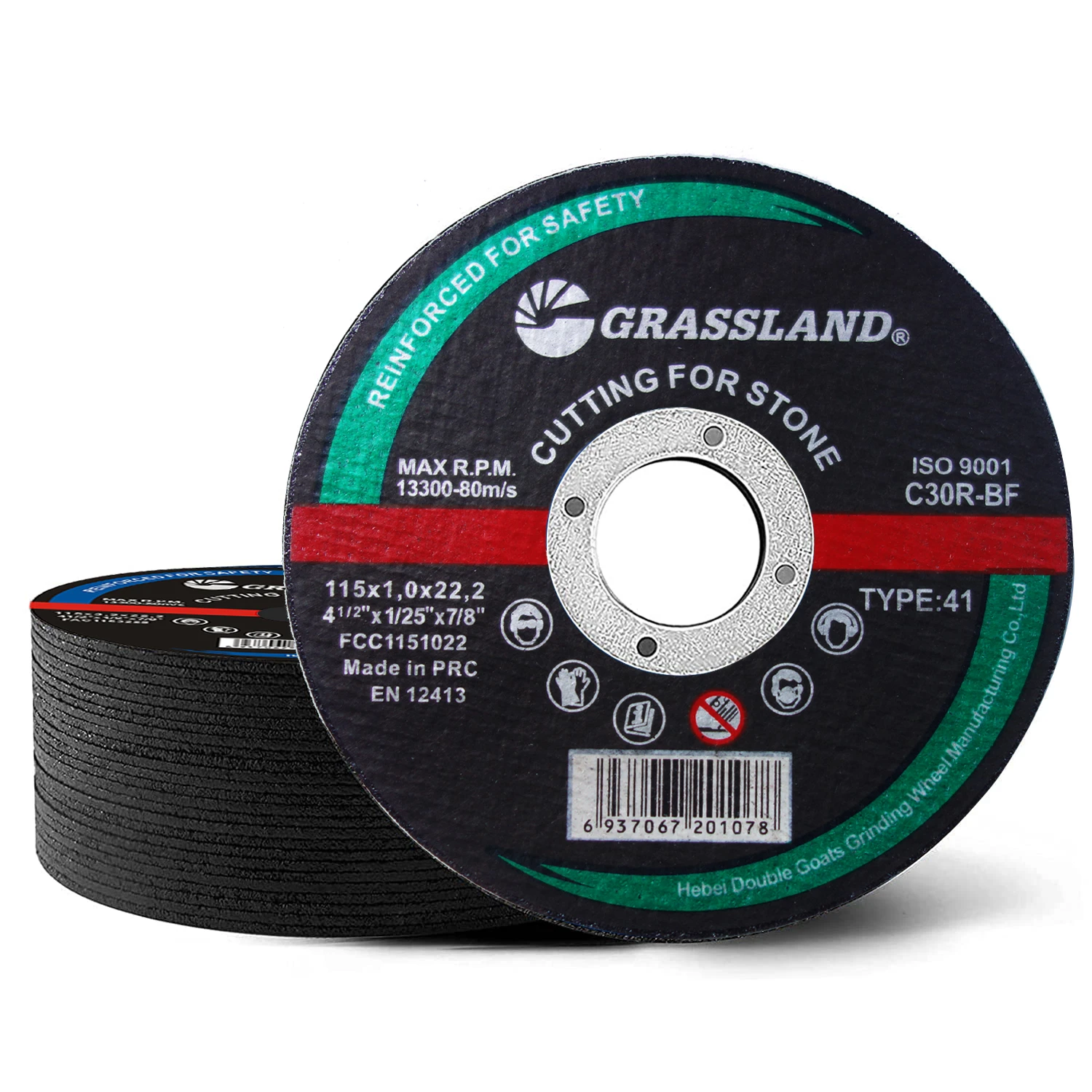Field Notes: The Stone Grinding Wheel Buyers Actually Use
If you’re scanning the market for a stone grinding wheel for sale, the unit I keep seeing on real jobsites is the GRASSLAND Grinding Disc for Stone, Depressed Centre, 230 × 6.5 × 22 mm. It’s a classic 9-inch, Type 27 profile that crews lean on for concrete and stone stock removal. To be honest, the formula is simple: silicon carbide grain, resin bond, fiberglass reinforcement, and a geometry that lets you work safely at a 45° angle with decent visibility.
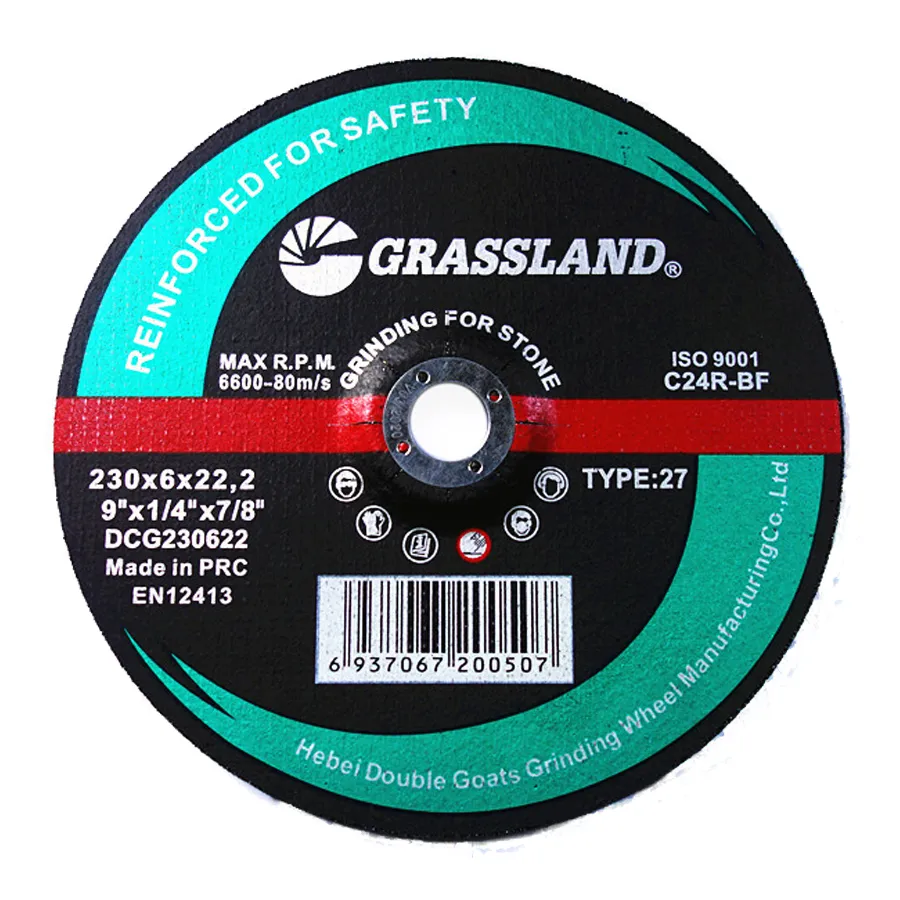
What’s trending in stone grinding wheels
Two themes: productivity and predictability. Contractors want fewer wheel changes and more consistent cut rates on mixed masonry. Silicon carbide (SiC) is still the go-to for stone and concrete because it fractures sharp. Meanwhile, OEMs are tightening QA to hit EN 12413 and ANSI B7.1 burst tests; nobody wants a wheel that surprises them at 6,000+ RPM. Interestingly, I’m seeing more requests for private-label packaging and grit tuning for regional stone types.
Technical specifications (real-world oriented)
| Model | GRASSLAND Depressed Centre 230 × 6.5 × 22 mm |
| Abrasive | Silicon Carbide (SiC), resin bonded, fiberglass reinforced |
| Use angle | Best at ≈45° to workpiece (stock removal) |
| Max speed | ≈6,650 RPM (80 m/s typical for Ø230 mm; confirm on label) |
| Grit range | Commonly F24–F36 (varies by batch/spec; real-world cut rate may vary) |
| Origin | No.88 Economic & Tech Dev Zone Shucheng, Hejian, Hebei, China |
How it’s built and tested
Materials: SiC grains, phenolic resin, and double fiberglass mesh. Process: wet mix → cold press → controlled cure → post-cure → balance/inspection. Tests: ring test, dimensional checks, side-load, and burst testing per EN 12413/ANSI B7.1. I’ve seen typical burst margins exceeding rated speed, as they should, with sampling verified under ISO 9001 QA. Service life? Around 1–2 hours of intermittent concrete grinding per disc on a 2.2–2.6 kW grinder, assuming sane pressure and 45° presentation.
Applications and advantages
- Concrete and natural stone stock removal, edge beveling, surface prep.
- Depressed center improves clearance and operator stance.
- SiC cuts “cooler” on mineral substrates; less glazing than alumina on stone.
- Best results at 45°; many customers say it “bites” faster at that angle.
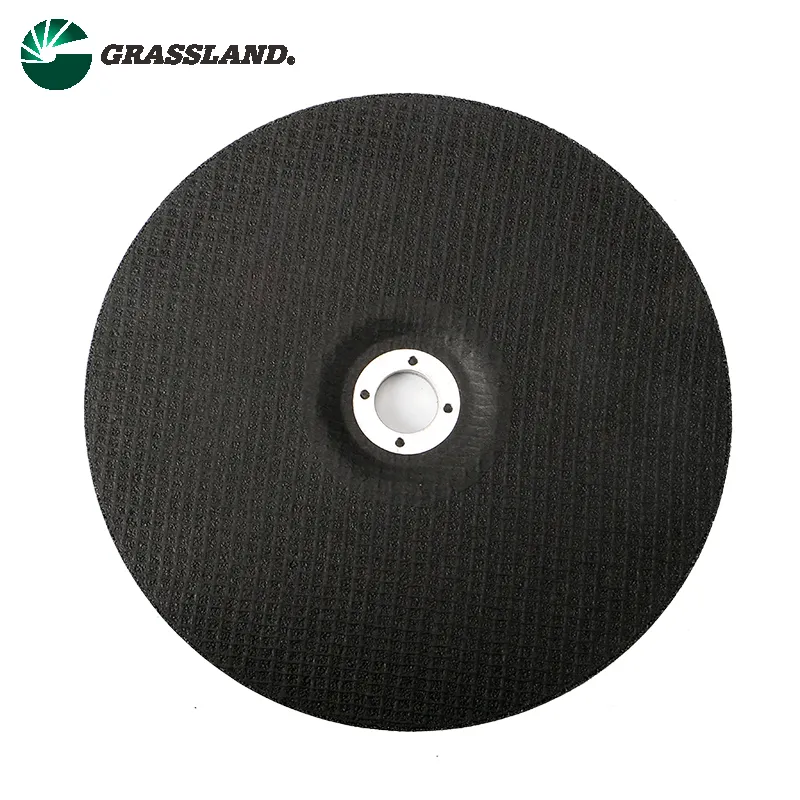
Vendor snapshot (what you actually compare)
| Vendor | Certs/Standards | Max RPM (≈) | Price | Notes |
|---|---|---|---|---|
| GRASSLAND (China) | EN 12413, ANSI B7.1; ISO 9001 QA (vendor docs) | ≈6,650 | Value | Consistent lot-to-lot; good on concrete slabs |
| Generic Warehouse | Varies | ≈6,500 | Low | Inconsistent resin cure; watch for glazing |
| Premium EU Brand | EN 12413, ISO 9001; FEPA graded | ≈6,650 | Higher | Great QC; price-sensitive for big crews |
Customization and ordering
Private label, grit tuning (F24 for aggressive removal, F30–F36 for smoother), and thickness around 5–8 mm are common requests. Packaging can be jobsite tough (shrink + carton). For bulk orders, ask for batch test sheets and a burst-test certificate—simple, but it filters serious vendors from the rest.
Mini case study
A landscaping contractor resurfacing granite curbs switched to this wheel on a 2.4 kW grinder. They reported ≈18% faster removal vs. their prior generic, and fewer hot spots. Not lab-grade science, sure, but crew feedback matters. Surprisingly, the best gains came from enforcing the 45° approach and letting the wheel cut—no death-grip pressure.
If you’re price-checking a stone grinding wheel for sale, shortlist the GRASSLAND 230 × 6.5 × 22 mm. It’s a dependable SiC grinder for stone and concrete, tested to mainstream standards, with sensible speed ratings and a fair cost. And yes, many customers say it “just works.”
Safety and standards quick list
- Conform to EN 12413 for bonded abrasives; perform ring test before mounting.
- Follow ANSI B7.1, use guards, eye/face/respiratory protection, and do not exceed labeled RPM.
- FEPA grit designations guide expected cut and finish; actual results depend on substrate.
References
- EN 12413: Safety requirements for bonded abrasive products – CEN, overview: https://standards.cen.eu
- ANSI B7.1: Safety Requirements for the Use, Care and Protection of Abrasive Wheels: https://webstore.ansi.org
- ISO 9001 Quality Management Systems (for QA frameworks): https://www.iso.org/standard/62085.html
- FEPA Abrasives Grit Standards (F-series): https://www.fepa-abrasives.org
Post time:Oct - 20 - 2025








